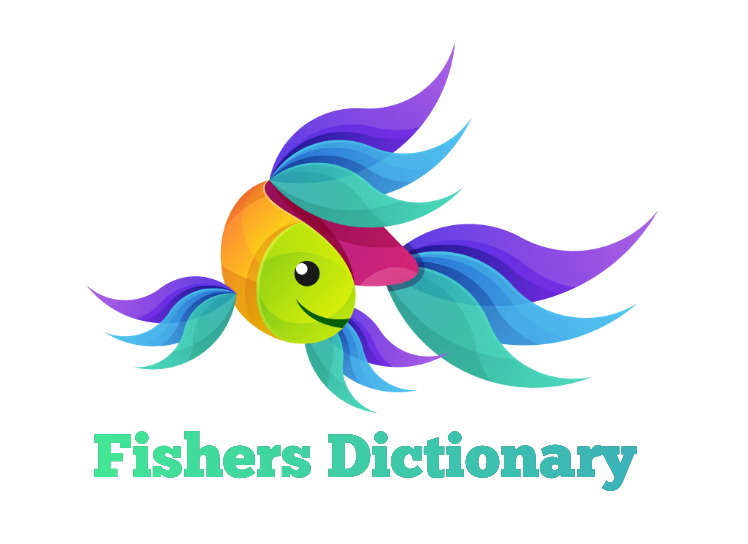Ichthyology is the study of fishes*. With an estimated 27,977 species, fish are the most numerous and diverse group of vertebrate species. In fact, there are more fish species than all other groups of vertebrates (amphibians, reptiles, birds, and mammals) combined.
One could argue that people have been studying fish for the purposes of food since prehistoric times, but the scientific study of fish began in earnest during the European Renaissance. While famed taxonomist Carolus Linnaeus did identify many fish species, his colleague, Peter Artedi, is considered the “father of ichthyology” for standardizing morphometric (measurement ) and meristic (count) methods still used to classify species. According to FishBase, a comprehensive, publically accessible database of fish species , over 10 species are named in his honor.
Beginning with basic anatomy and systematics (study of evolutionary relationships among fishes), ichthyology has broadened to include ecology (study of interactions between fish and their environment), physiology (study of internal function of fish), and behavior. Ichthyology forms the foundation of fisheries science which applies the understanding of fishes in the context of fisheries (the harvest of fish and other aquatic organisms for human use). (fishionary.fisheries.org/ichthyology)
*Note that fish is singular and plural when in reference to a single species. Fishes is plural in reference to more than one species.





0 Comments